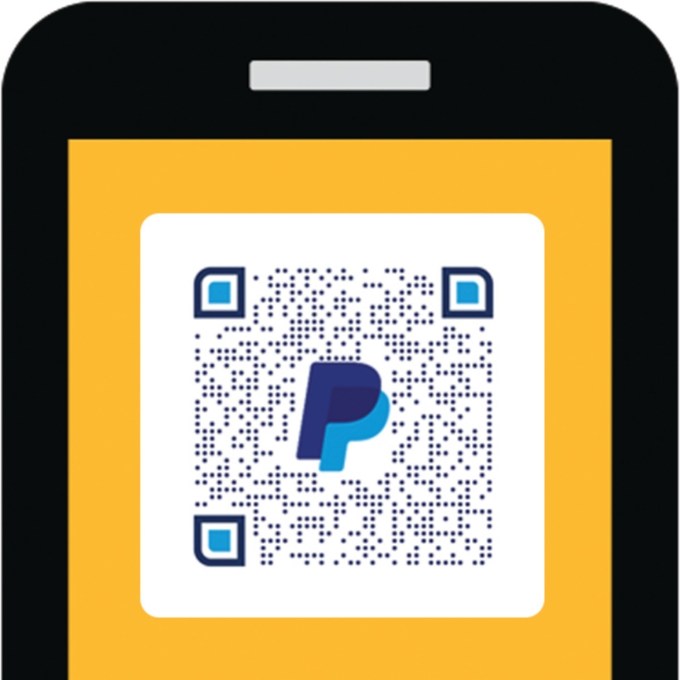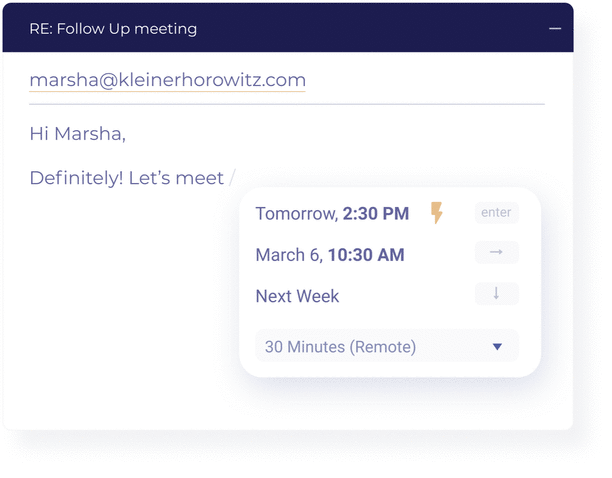Federal regulators have approved Mastercard’s acquisition of Salt Lake City-based startup Finicity, which provides open-banking APIs. The deal is expected to go for $825 million.
“We were notified that the Department of Justice completed its review of our planned acquisition of Finicity and has cleared it to move forward,” Mastercard wrote in a statement. “We are pleased to have reached this milestone.”
Finicity allows users to be able to decide how their financial information is shared and who can make money decisions on their behalf through open APIs. The buy will allow Mastercard to offer consumers and businesses more choice in these transactions, without requiring them to do heavy lifting themselves.
Finicity, according to Crunchbase, has raised nearly $80 million in known venture capital as a private company. When closed, it will be one of the largest fintech acquisitions at nearly $1 billion in 2020.
The DOJ approval comes just two weeks after the body filed an antitrust lawsuit challenging Visa’s proposed $5.3 billion buy of Plaid. Plaid, which empowers a large chunk of financial services through its data network, including Venmo and Acorns, is being accused of making Visa a monopoly in online debt services.
Plaid has denied these claims, saying that “Visa intends to defend the transaction vigorously.” The feds are also looking into Intuit’s $7 billion proposed buy of Credit Karma, which was first announced in February 2020.
The approval of the Mastercard-Finicity transaction could be a shot in the arm for fintech startup valuations. After both the Plaid and Credit Karma deals came under increasing regulatory scrutiny, it was an open questions whether big-dollar M&A was going to be an option for fintech unicorns.
If the path was closed due to regulatory concerns, fintech startups would have to either pursue earlier, smaller sales themselves, or wait for an eventual IPO. If that was the case, venture capitalists might shun putting as much capital to work in the sector. However, the Finicity approval makes it clear that not all fintech M&A worth $500 million or more is going to encounter oversight headaches. That should be welcome news for late-stage fintech valuations.



